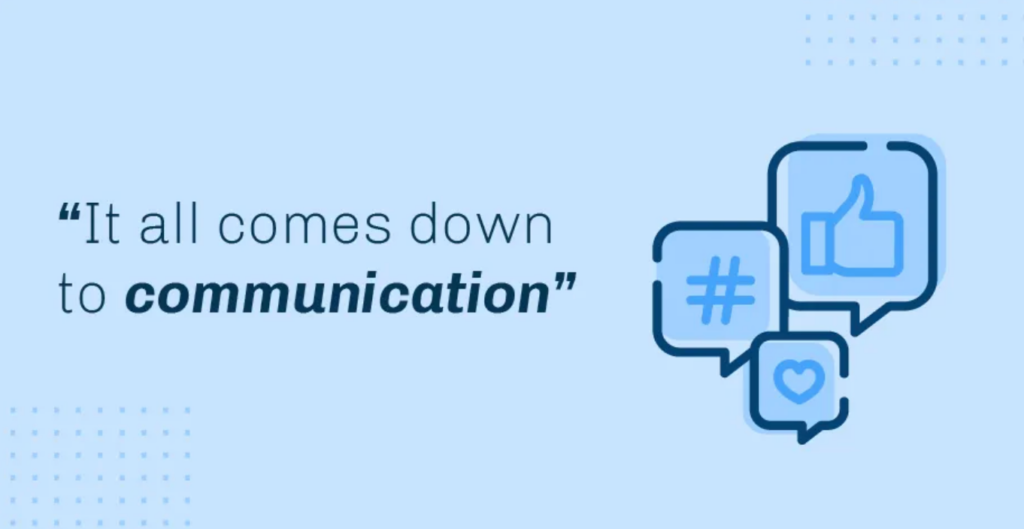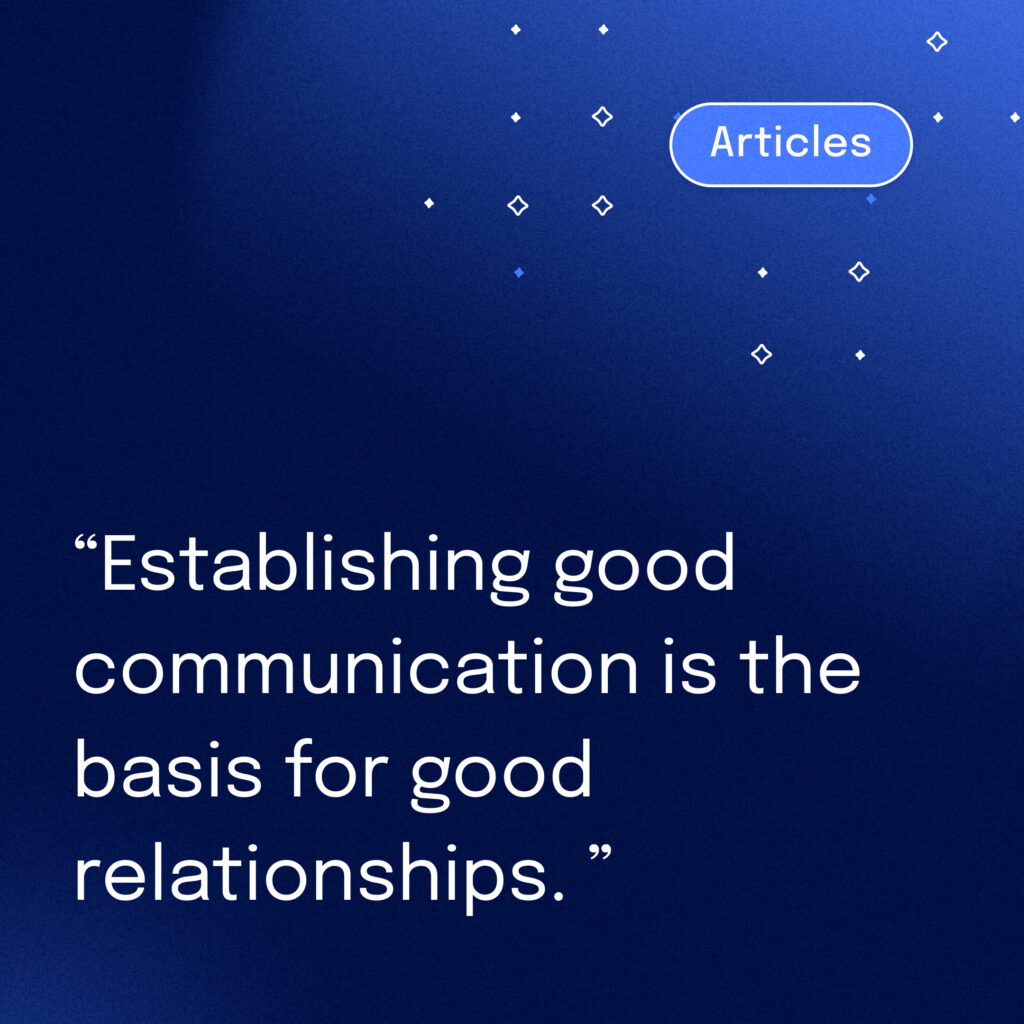When we sit down to design a social network the first question that comes to mind is: what makes a social network successful? The answer to this question is simple but complex at the same time, as it all comes down to communication.

What’s on your mind?
Most social networks, and especially the most successful ones, seek to solve a communication problem. For example, Facebook was created to improve the way people communicate, while Instagram provides a new way of sharing photos on the web.
As Aristotle said, we are social beings by nature, so it is not difficult to understand this need to communicate and share with others, but what has changed over the years is the process of socialisation. From this, the action of sharing appears as a priority and in this sharing what stands out and positions social networks in the first place is the possibility given to the user to create their own content, whether from a tweet, a comment, a story or a video.
The fact that our users create their own content makes a social network a success, but how do we get users to generate their own content? For this, we have several tools, but in this case, we are going to name the two that, for me, are the most important. The first one is UX content. As we said, the problem behind a social network is mainly communication, so it is more than important that the content of our app is clear and that it accompanies the user in every step. For example, do you remember what your first post on Facebook was like?

The use of the question What’s on your mind? as a placeholder is not accidental, because it prompts the user to a specific action: start creating your content. Thinking about the content before sitting down to design a flow is crucial to provide clarity as well as including and considering the emotions we can arouse in the user.

Another advantage of telling a story throughout our application is to achieve immersion. We give naturalness to the actions we require from the user, or even to the navigation itself. This is the same thing that happens in literature and games, capturing the attention of the reader or player, being part of the story itself and enhancing their experience.
In fact, the term gamification refers to the use of game elements (scoring, levels, competition) to make the use of an application more rewarding or to reinforce and encourage certain behaviours on the part of the user. It is taking advantage of users’ own motivations to make them enjoy using our app.
The gamification elements in social networks can be infinite, let’s look at the most used examples: challenges and rewards.
- The use of a feed with infinite scroll can capture attention, where we can spend hours without realizing it. Unconsciously, this type of resource leads us to expect to find something even more interesting, a greater reward.
- Creating content through the use of stories that trigger polls, questions, or challenges, seeks to obtain a higher score that can be viewed, reposted, liked or followed.


Gamification resources are another great ally when thinking about a social network, but we must take into account the relevant ethical considerations:
- Manipulation: we seek to encourage fun and engagement with users, but we should not trick them into doing things.
- Game creation: control the use of gamification, so as not to defeat the purpose of encouraging users to complete real-world tasks.
- Magic paint: the social network has to be attractive per se, the use of gamification will not make it a success if there is no good UX design.
All these resources lead the user to spend hours using our social network, but what happens when the impact becomes negative? Social networks produce a feeling that our social life is being scored all the time. In case our app encourages negative behaviors in our users, it is time for us to make a change, to look for another way to “relate” with our users, but this is a chapter for another occasion.
In conclusion…
Establishing good communication is the basis for good relationships. This also includes the use of social networks, but we know the Peter Parker principle, with great power comes great responsibility. In our case, from the UX point of view, telling a story helps us to persuade the user to be part of that story, that they are the protagonists, thus generating content that has to do with their desires and needs.
________________________________________________________________
Also, if you want to know more about Gamification –> take a look at our Gamification Webinar or directly read the highlights 😉
Read our previous story → “I want to build an app like Facebook, how should I start?”
